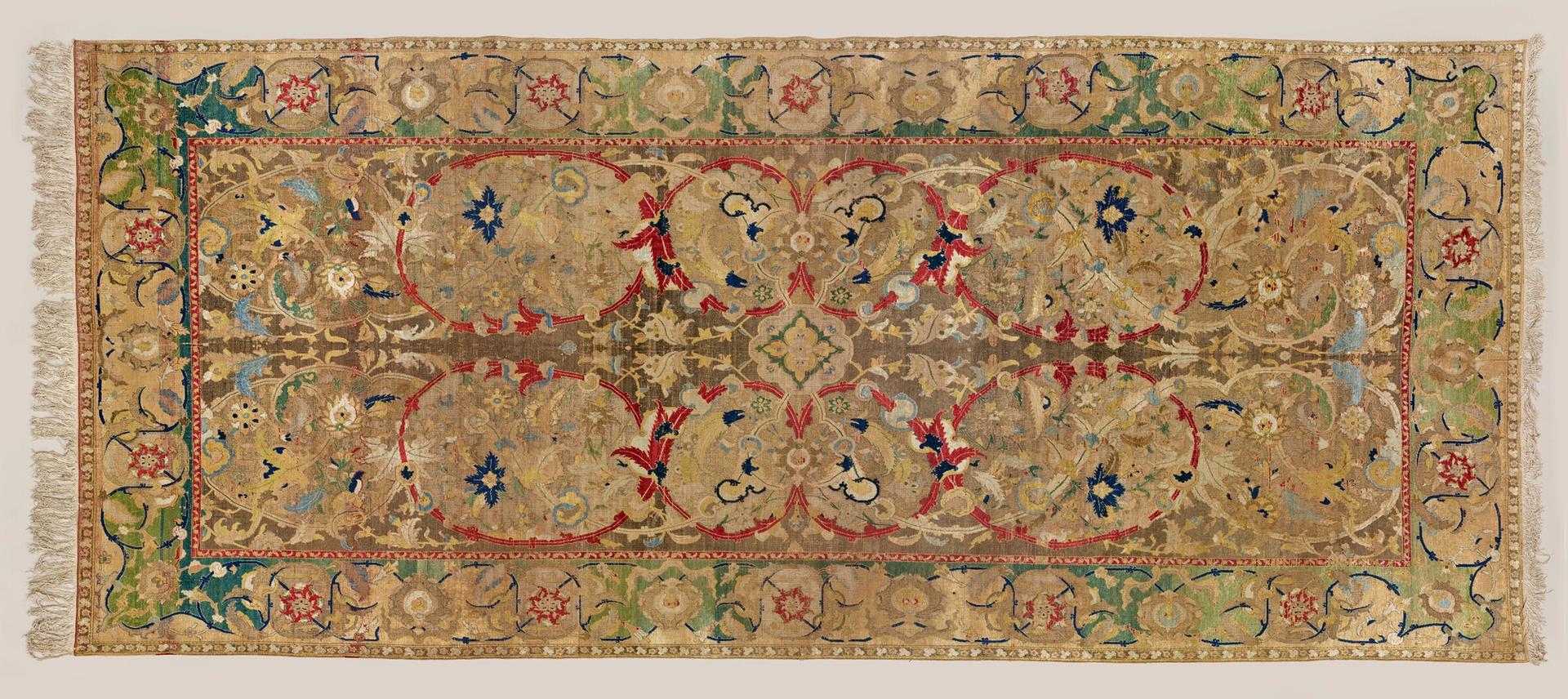The Museum of Fine Arts, Houston (MFAH) will embark on a transformative $3.5m project to augment its galleries devoted to Islamic art, a significant strength of the museum’s permanent collection.
The project, which is slated to be unveiled next year, will double the size of the museum’s Islamic art galleries to around 6,000 sq. ft, reconfiguring a space that now houses the museum’s library, and also includes the construction of an adjoining courtyard that will reflect traditional architectural elements of Islamic gardens, an analogue for paradise in the Qur’an.
The museum holds around 1,400 Islamic artworks, including long-term loans from prominent collections such as the collection of the Kuwaiti collector Hossein Afshar.
There is also a section dedicated to works brokered through a 2012 partnership with the politician Sheikh Nasser al-Sabah al-Ahmad al-Sabah and his wife, Sheikha Hussa Sabah al-Salem al-Sabah, that originally entailed the loan of around 60 pieces, a number that has mushroomed to around 300 works since then. The agreement allowed the Sheik to “have a semi-permanent presence in the world, where his collection would be seen, studied and appreciated”, according to Aimée Froom, the museum’s curator of art of the Islamic world.

The “King Umberto II Polonaise” Carpet (early 17th century). The Hossein Afshar Collection at the Museum of Fine Arts, Houston.
Froom adds that the museum already had “had a fledgling collection of Islamic art at the time, due to generous donations decades earlier by the Texas powerhouse philanthropist and suffragette Annette Finnigan”.
The expansion will emphasise “cross-cultural aspects”, Froom says, and “stress that Islamic art is not a monolithic entity—it’s more of a tapestry of diverse cultures, ethnicities, languages and regional traditions, and these universalities should be properly honoured and explored”.
The new street-level galleries will be housed in the Mies van der Rohe-designed Caroline Wiess Law Building and allow hundreds of additional works to go on view, spanning paintings, manuscripts, ceramics, carpets, metalworks and other objects reflecting the breadth of Islamic art from present-day countries like India, Pakistan, Afghanistan, Syria, Iran and Iraq.
Some cornerstones of the collection include an ancient Moroccan Qur’an manuscript copied in a distinctive maghribi script, a 16th-century Turkish stonepaste bowl and a 17th-century cotton and silk carpet woven by Safavid court weavers that once belonged to the Italian House of Savoy until the death of Umberto II, the last king of Italy.
The expansion of the Islamic art gallery comes on the heels of a $450m campus overhaul at the MFAH, which was completed in November 2020.


